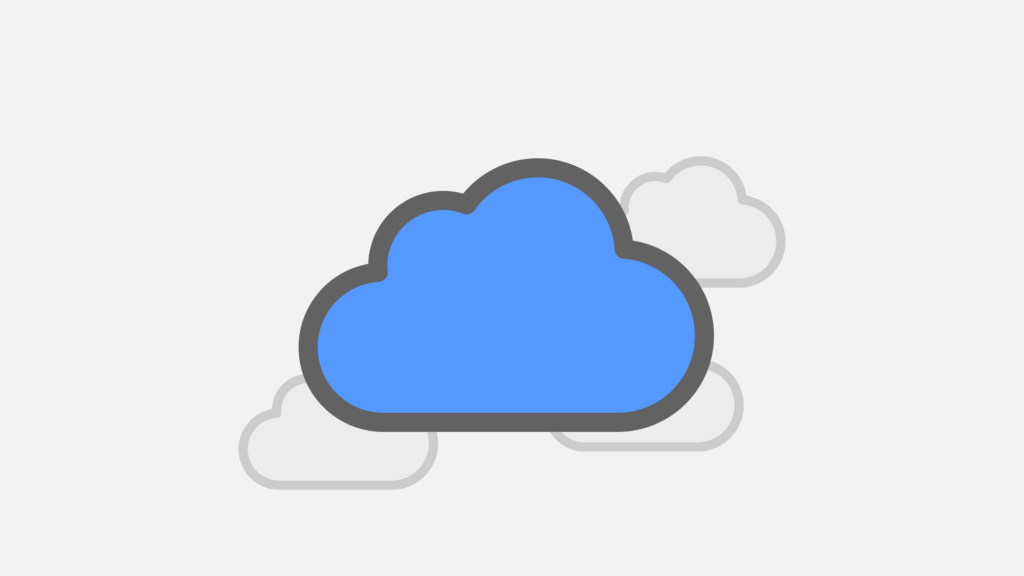Let’s face it — the cloud isn’t just a trend anymore, it’s the foundation of modern business. Companies across industries are moving their operations online, drawn by scalability, flexibility, and innovation. But as every Managed IT professional will tell you, this digital leap also comes with one very big challenge: compliance.
The cloud might simplify your operations, but it complicates your responsibilities. Between privacy mandates, data protection laws, and security standards, businesses in Brisbane, Mackay, and around the world need to tread carefully to stay compliant. Failure to do so can mean hefty fines, legal trouble, and serious reputation damage.
So, how can you enjoy the perks of cloud technology without stepping on regulatory landmines? Let’s unpack the essentials.
Cloud Compliance
At its core, cloud compliance is about following the laws and standards that govern how data is stored, accessed, and protected in digital environments. It’s not optional — it’s a legal and operational necessity.
Unlike traditional on-premise systems, cloud environments often span multiple geographic locations. That’s great for scalability, but tricky for security and privacy. Compliance in the cloud means making sure you’re:
- Securing data at rest and in transit
- Maintaining proper access controls and audit logs
- Ensuring data residency and sovereignty
- Undergoing regular assessments to prove compliance
Think of it like this: the cloud gives you wings — but compliance makes sure you don’t fly too close to the sun.
Shared Responsibility Model
Here’s a point that often trips up businesses: compliance in the cloud is shared.
Cloud providers and customers both have roles to play — and confusing them can lead to major gaps.
Cloud Service Provider (CSP): Handles infrastructure, physical security, and core network protection.
Customer (That’s You): Manages user access, configurations, and the protection of your data.
In other words, just because you’ve hired a reputable cloud provider doesn’t mean you’re automatically compliant. Your Managed Services partner or IT Support team needs to ensure your end of the bargain is covered too.
Compliance Regulations
Compliance isn’t one-size-fits-all — it depends on your location, your industry, and where your data travels. Below are some of the most important regulations that businesses need to understand and align with.
General Data Protection Regulation (GDPR) – EU
One of the strictest data protection laws on the planet, GDPR applies to any organization handling data belonging to EU citizens — even if your business operates elsewhere.
To stay compliant:
- Store data in approved EU regions
- Enable data subject rights (like deletion requests)
- Use strong encryption standards
- Follow strict breach notification protocols
Health Insurance Portability and Accountability Act (HIPAA) – US
HIPAA is all about protecting sensitive patient data in healthcare environments. If you store or transmit electronic protected health information (ePHI), you’re bound by these rules — even in the cloud.
For compliance:
- Use HIPAA-compliant cloud providers
- Sign Business Associate Agreements (BAAs)
- Encrypt all ePHI during storage and transmission
- Maintain strict access logs and audit trails
Payment Card Industry Data Security Standard (PCI DSS)
If your business processes or stores credit card information, PCI DSS compliance isn’t optional — it’s mandatory. Cloud-based systems must uphold the same 12 core requirements as traditional infrastructure.
To meet PCI DSS in the cloud:
- Tokenize and encrypt payment data
- Use network segmentation to isolate sensitive systems
- Conduct regular vulnerability scans and penetration tests
Federal Risk and Authorization Management Program (FedRAMP) – US
FedRAMP sets the gold standard for cloud compliance across U.S. federal agencies and contractors.
It requires:
- Rigorous vendor assessments
- Strict encryption, monitoring, and access control
- Strong physical and network security standards
If your organization serves or partners with government agencies, you’ll need to meet FedRAMP’s requirements.
ISO/IEC 27001
This international standard defines best practices for Information Security Management Systems (ISMS). It’s recognized worldwide as a benchmark for robust cybersecurity and compliance.
To achieve or maintain certification:
- Conduct regular risk assessments
- Establish formal policies and documentation
- Implement strong access and incident response controls
For many organizations, ISO 27001 serves as a universal foundation for compliance across multiple frameworks.
Maintaining Cloud Compliance
Cloud compliance isn’t a “tick the box and move on” kind of deal — it’s an ongoing commitment. Staying compliant means being proactive, adaptable, and consistent.
Here are some best practices to help keep your systems (and auditors) happy:
Conduct Regular Audits
Compliance audits are your reality check. They reveal weaknesses, validate controls, and ensure your policies are actually being followed. Think of them as your compliance GPS — helping you stay on track.
Enforce Robust Access Controls
Follow the Principle of Least Privilege (PoLP) — give users only the access they truly need. Combine that with multi-factor authentication (MFA) for an extra layer of protection. It’s simple but incredibly effective.
Encrypt Your Data
Always encrypt — both at rest and in transit. Use trusted protocols like TLS and AES-256. It’s not just best practice; it’s a regulatory expectation.
Monitor Continuously
Compliance isn’t static. Use real-time monitoring and audit logs to detect unusual activity and generate alerts before small issues turn into big problems.
Ensure Data Residency
Understand where your data physically lives and which jurisdictions apply. Your data center’s location can determine which laws you must follow — and which ones protect you.
Train Your Employees
Technology can only do so much. A single click on a phishing email can undo years of good security work. Invest in regular training to build a culture of compliance and awareness across your team.
The State of Compliance
As businesses continue to migrate to the cloud, compliance will only grow more complex — and more critical. Whether you’re managing customer data, healthcare information, or financial transactions, staying compliant is non-negotiable.
The key is to work smarter, not harder. With the right combination of technology, training, and expert guidance, you can confidently meet regulatory standards and protect your business reputation.
If you’re ready to simplify your compliance journey, our Managed IT and Managed Services teams in Brisbane and Mackay are here to help. From risk assessments to audit preparation, we’ll guide you through every step — ensuring your business stays compliant, secure, and ahead of the curve.
Contact us today for expert advice and actionable strategies to help your organization navigate the complex world of cloud compliance with confidence.
—




